ResultMap结果集映射


association和collection代码示例
association作用于1对1
collection作用于1对多
<?xml version="1.0" encoding="UTF-8"?>
<!DOCTYPE mapper PUBLIC "-//mybatis.org//DTD Mapper 3.0//EN" "http://mybatis.org/dtd/mybatis-3-mapper.dtd">
<mapper namespace="dao.BlogMapper">
<resultMap id="bolgMap" type="MetaObject.Blog" autoMapping="true">
<result column="title" property="title"/>
<association property="author" column="author_id" select="selectUserByUserId"/>
<collection property="comments" column="id" select="selectCommentByBlogId"/>
</resultMap>
<select id="selectBlogById" resultMap="bolgMap">
select * from blog where id = #{id}
</select>
<select id="selectUserByUserId" resultType="model.User">
select * from user where id = #{userId}
</select>
<select id="selectCommentByBlogId" resultType="model.Comment">
select * from comment where blog_id = #{blogId}
</select>
</mapper>package MetaObject;
import model.Comment;
import model.User;
import java.util.List;
import java.util.Map;
/**
* @author lingyujia
* @version v1
* @description Blog
* @since 2022/3/14 19:53
*/
public class Blog {
private int id;
private String title;
private User author;
private String body;
private List<Comment> comments;
Map<String, String> labels;
public int getId() {
return id;
}
public void setId(int id) {
this.id = id;
}
public String getTitle() {
return title;
}
public void setTitle(String title) {
this.title = title;
}
public User getAuthor() {
return author;
}
public void setAuthor(User author) {
System.out.println("调用setAuthor");
this.author = author;
}
public String getBody() {
return body;
}
public void setBody(String body) {
this.body = body;
}
public Map<String, String> getLabels() {
return labels;
}
public void setLabels(Map<String, String> labels) {
this.labels = labels;
}
public List<Comment> getComments() {
return comments;
}
public void setComments(List<Comment> comments) {
this.comments = comments;
}
@Override
public String toString() {
return "Blog{" +
"id=" + id +
", title='" + title + '\'' +
", author=" + author +
", body='" + body + '\'' +
", comments=" + comments +
", labels=" + labels +
'}';
}
}

嵌套查询
嵌套查询是指当一个主查询中含有一个子查询,而子查询又会调用主查询
类似下图中查询blog表语句时会触发查询comment表,而查询comment表时又会调用查询blog表语句

代码示例:
<?xml version="1.0" encoding="UTF-8"?>
<!DOCTYPE mapper PUBLIC "-//mybatis.org//DTD Mapper 3.0//EN" "http://mybatis.org/dtd/mybatis-3-mapper.dtd">
<mapper namespace="dao.BlogMapper">
<resultMap id="bolgMap" type="MetaObject.Blog" autoMapping="true">
<result column="title" property="title"/>
<collection property="comments" column="id" select="selectCommentByBlogId" fetchType="eager"/>
</resultMap>
<resultMap id="commentMap" type="model.Comment" >
<association column="blog_id" property="blog" select="selectBlogById" fetchType="eager"/>
</resultMap>
<select id="selectBlogById" resultMap="bolgMap">
select * from blog where id = #{id}
</select>
<select id="selectCommentByBlogId" resultMap="commentMap">
select * from comment where blog_id = #{blogId}
</select>
</mapper>public class Comment {
private int id;
private int blogId;
private String body;
private Blog blog;
public int getId() {
return id;
}
public void setId(int id) {
this.id = id;
}
public int getBlogId() {
return blogId;
}
public void setBlogId(int blogId) {
this.blogId = blogId;
}
public String getBody() {
return body;
}
public void setBody(String body) {
this.body = body;
}
public Blog getBlog() {
return blog;
}
public void setBlog(Blog blog) {
this.blog = blog;
}
@Override
public String toString() {
return "Comment{" +
"id=" + id +
", blogId=" + blogId +
", body='" + body + '\'' +
", blog=" + blog +
'}';
}
能正确查询出结果,不会出现死循环。注:不能打印结果,否则会造成栈内存溢出。
循环依赖解析

源码分析循环依赖的解析原理
sql可以看出第一次是主查询,查询blog。queryStack会从0加1

第一次一级缓存为空,会查询数据库操作

存储到一级缓存,设置个固定值,为占位符

填充结果:key可以看出是子查询comment,第一次查询一级缓存肯定为空。这里设置的懒加载为false(fetchType=”eager”)


不涉及二级缓存,二级缓存为空,可以不考虑

sql可以看出触发子查询

queryStack从1加到2, 一级缓存为空,查询数据库操作

存储到一级缓存,设置个固定值,为占位符

填充子查询的结果,通过key可以看出是将blog的数据填充到子查询中,此时一级缓存一级设置blog的数据,会进入下一步:延迟加载

canLoad的方法结果为false,因为此时一级缓存中设置的还只是占位符
延迟加载就是将缓存等存到ConcurrentLinkedQueue<BaseExecutor.DeferredLoad>

子查询填充后,会先将一级缓存中的占位符删除,再将结果list存到缓存中,此时list中的blog还是为null

此时子查询还未结束,不会从延迟加载的ConcurrentLinkedQueue中获取数据

子查询结束,主查询也要先删除一级缓存中的占位符,然后再将结果设置到缓存中,此时可以看到一级缓存中的子查询和主查询都不是占位符了,不过blog中还是为null

queryStack已经为0,从延迟加载的ConcurrentLinkedQueue 迭代获取数据
 此时list中的blog还是为空,接着从一级缓存中获取blog的值填充到list中的blog(具体原理是MetaObject反射原理,后期再写MetaObject底层知识)
此时list中的blog还是为空,接着从一级缓存中获取blog的值填充到list中的blog(具体原理是MetaObject反射原理,后期再写MetaObject底层知识)

此时list中blog已经迭代为 真实数据

总结:Mybatis使用了一级缓存,延迟装载,占位符和queryStack来解决了嵌套查询的循环依赖问题。这也解释了为什么在之前讲一级缓存时必须要在queryStack为0时才能被清除。同时一级缓存也是不能被关闭的原因。
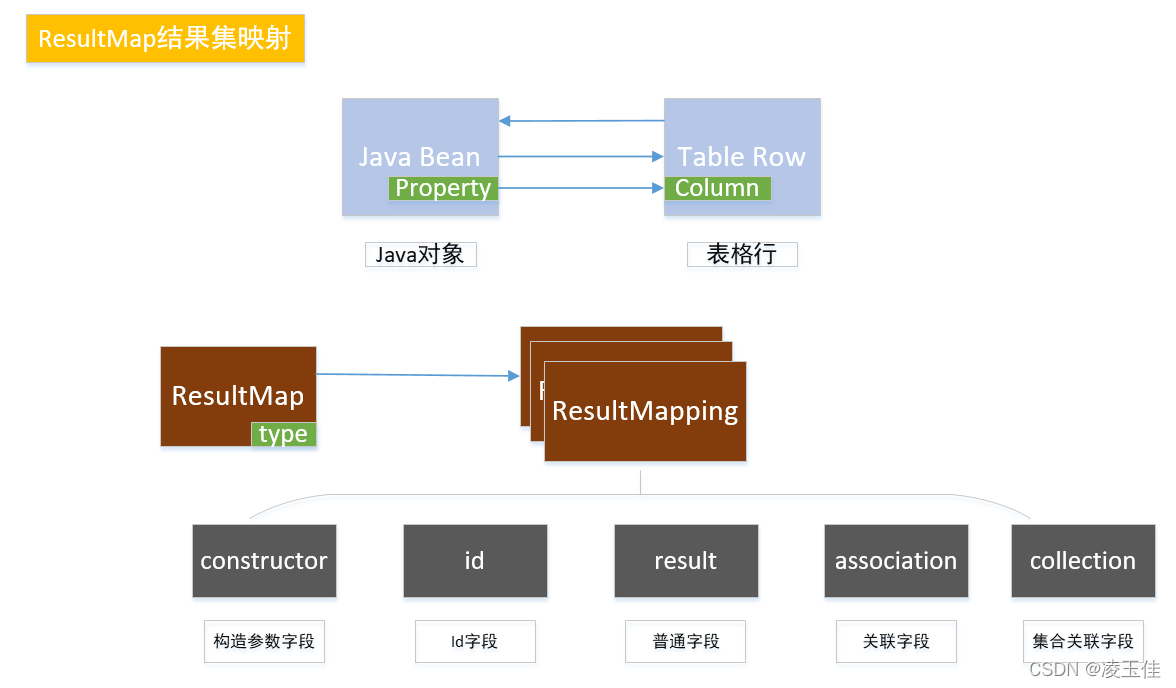


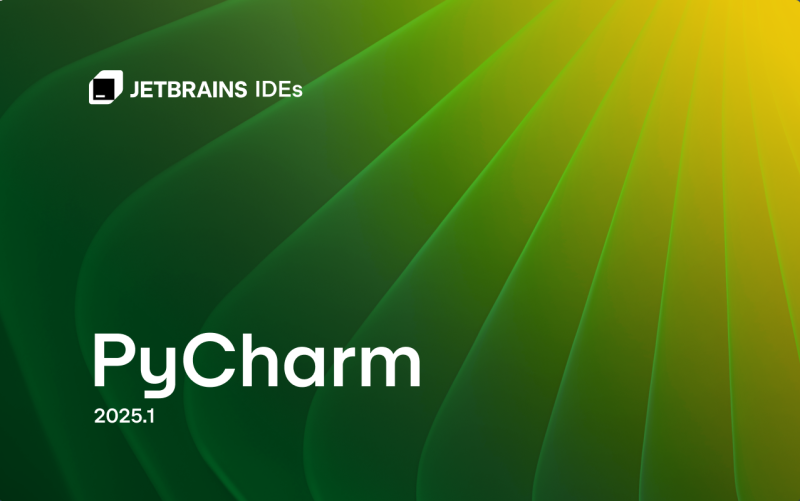

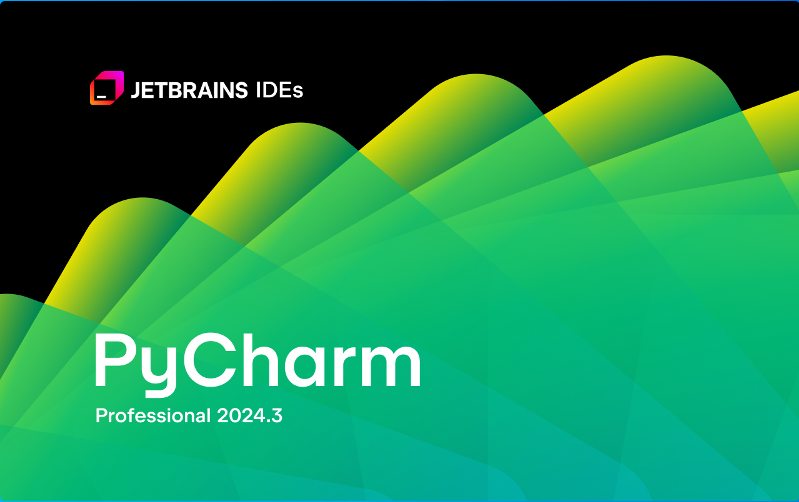
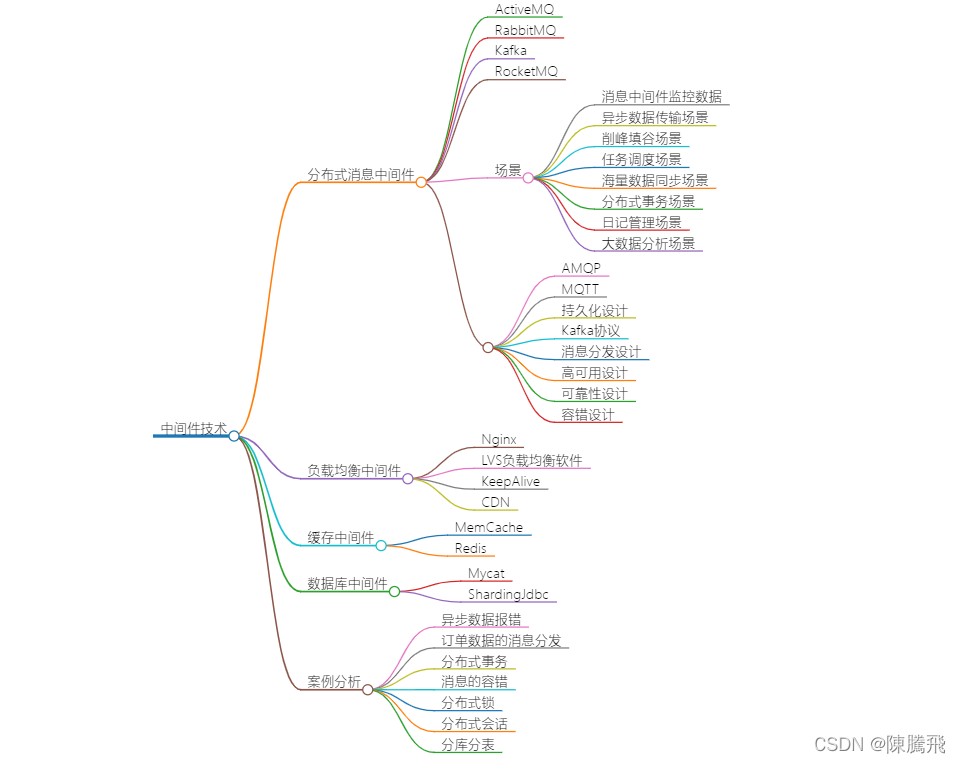


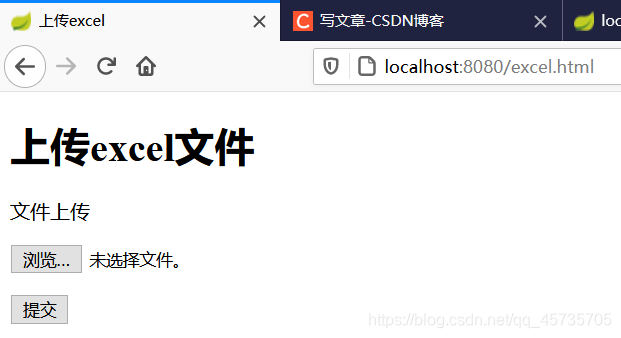

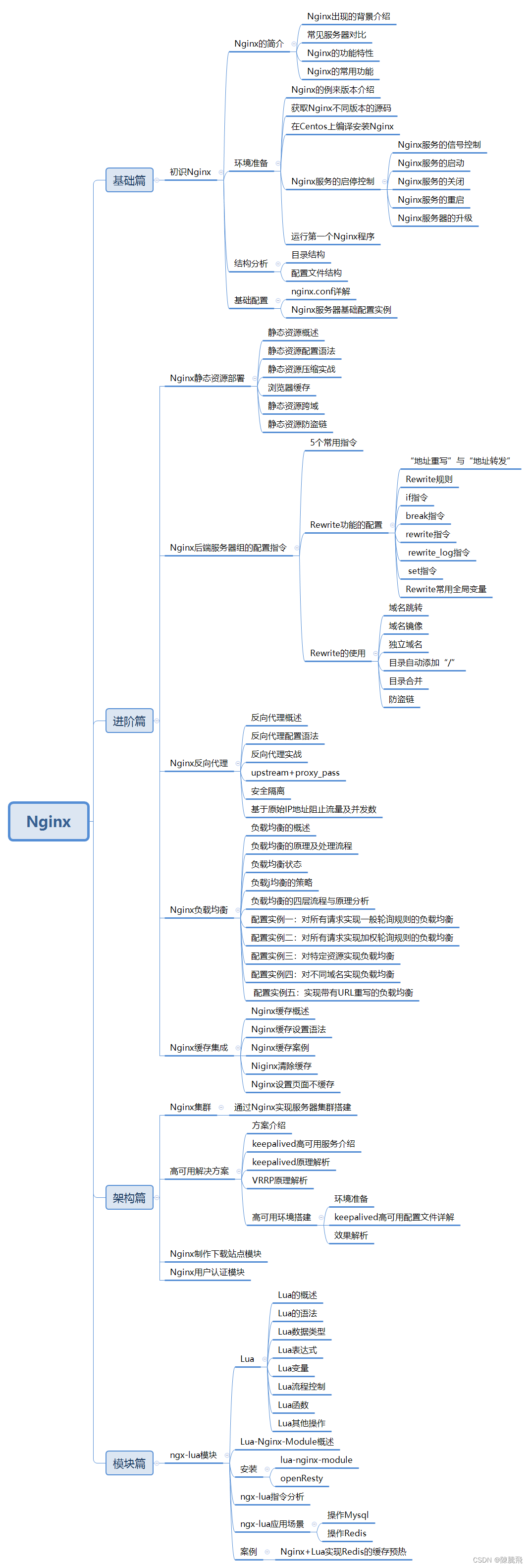
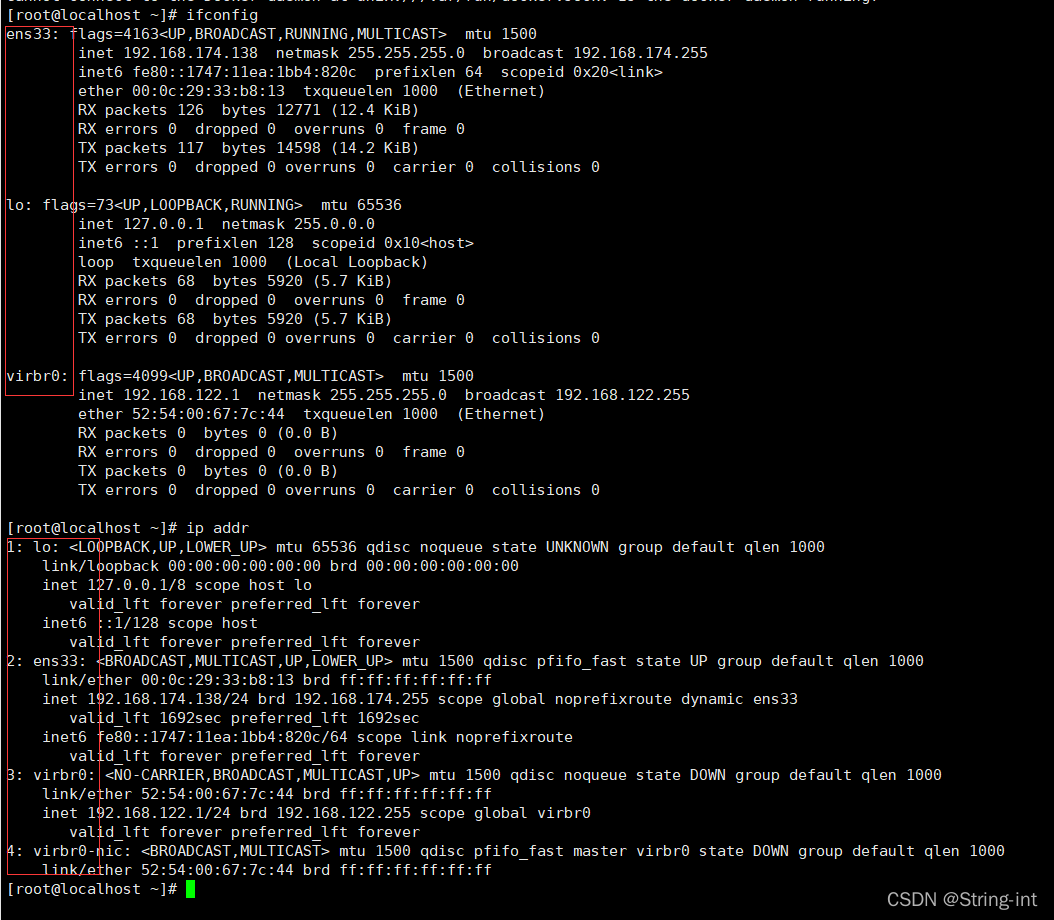
暂无评论内容